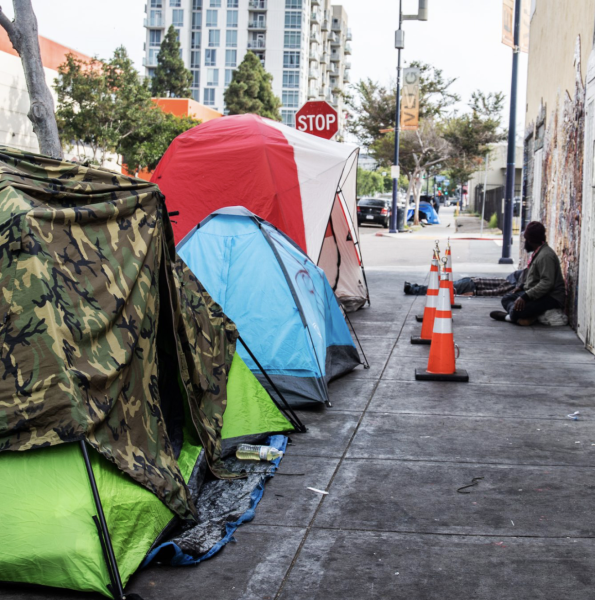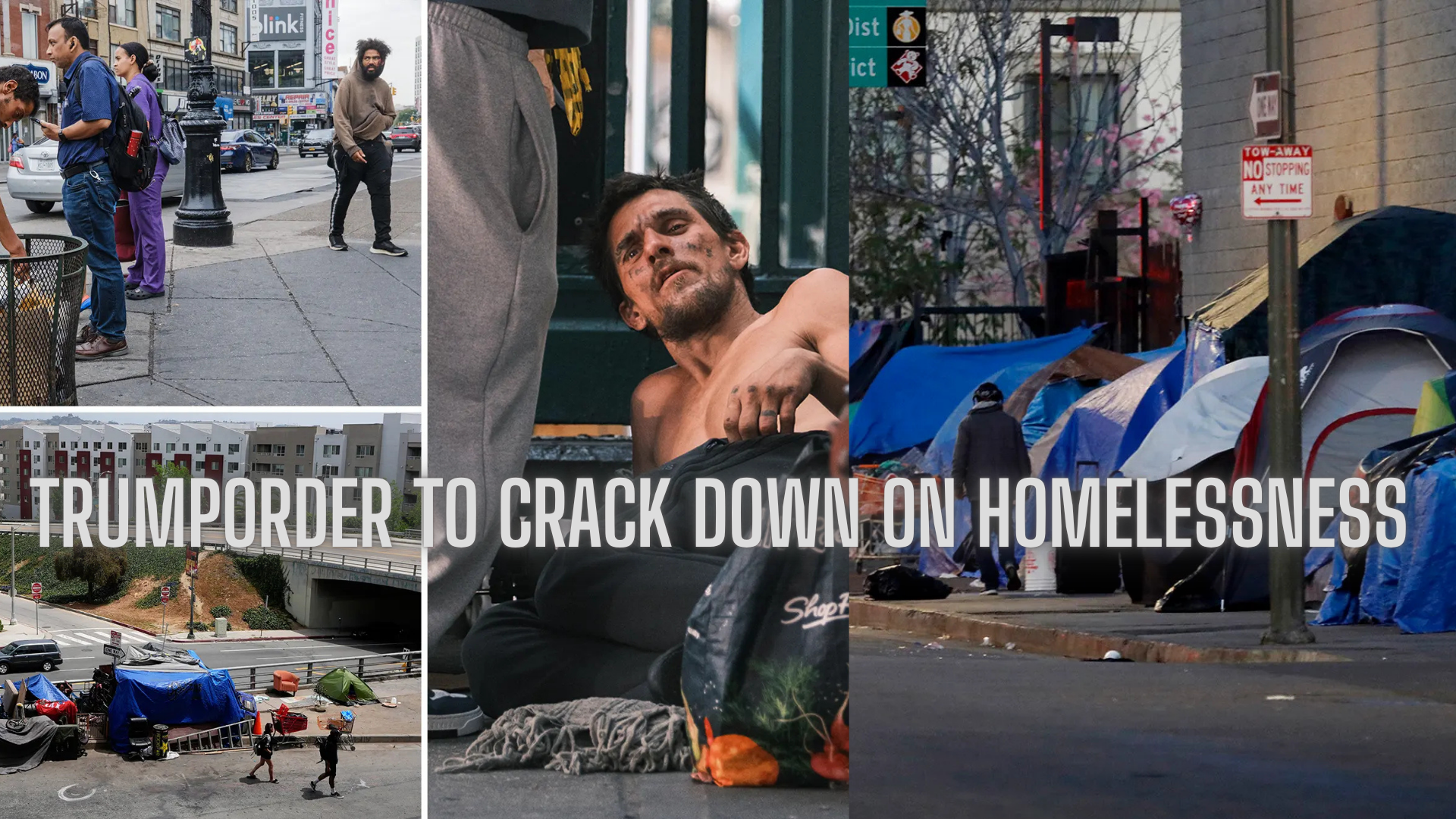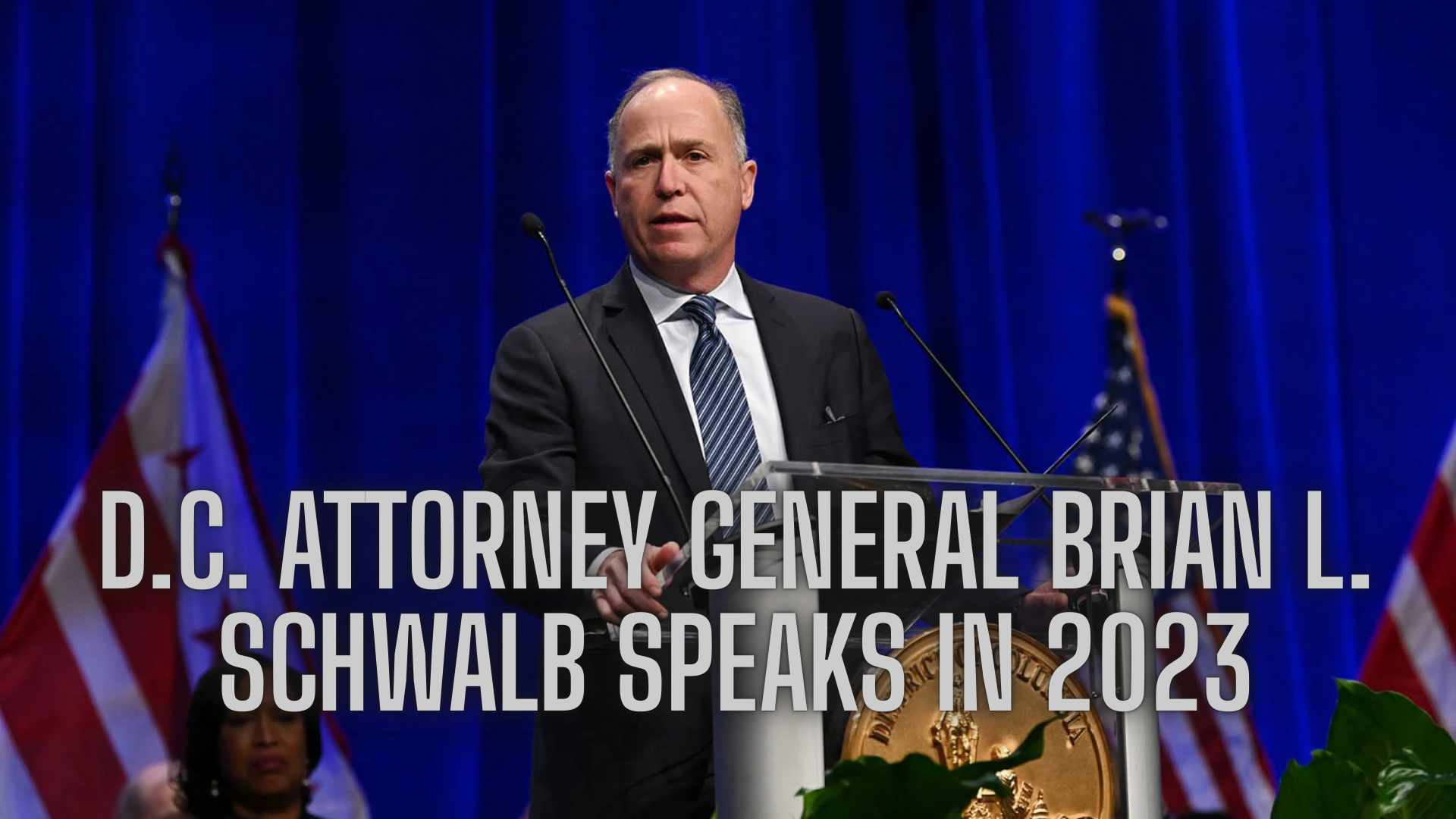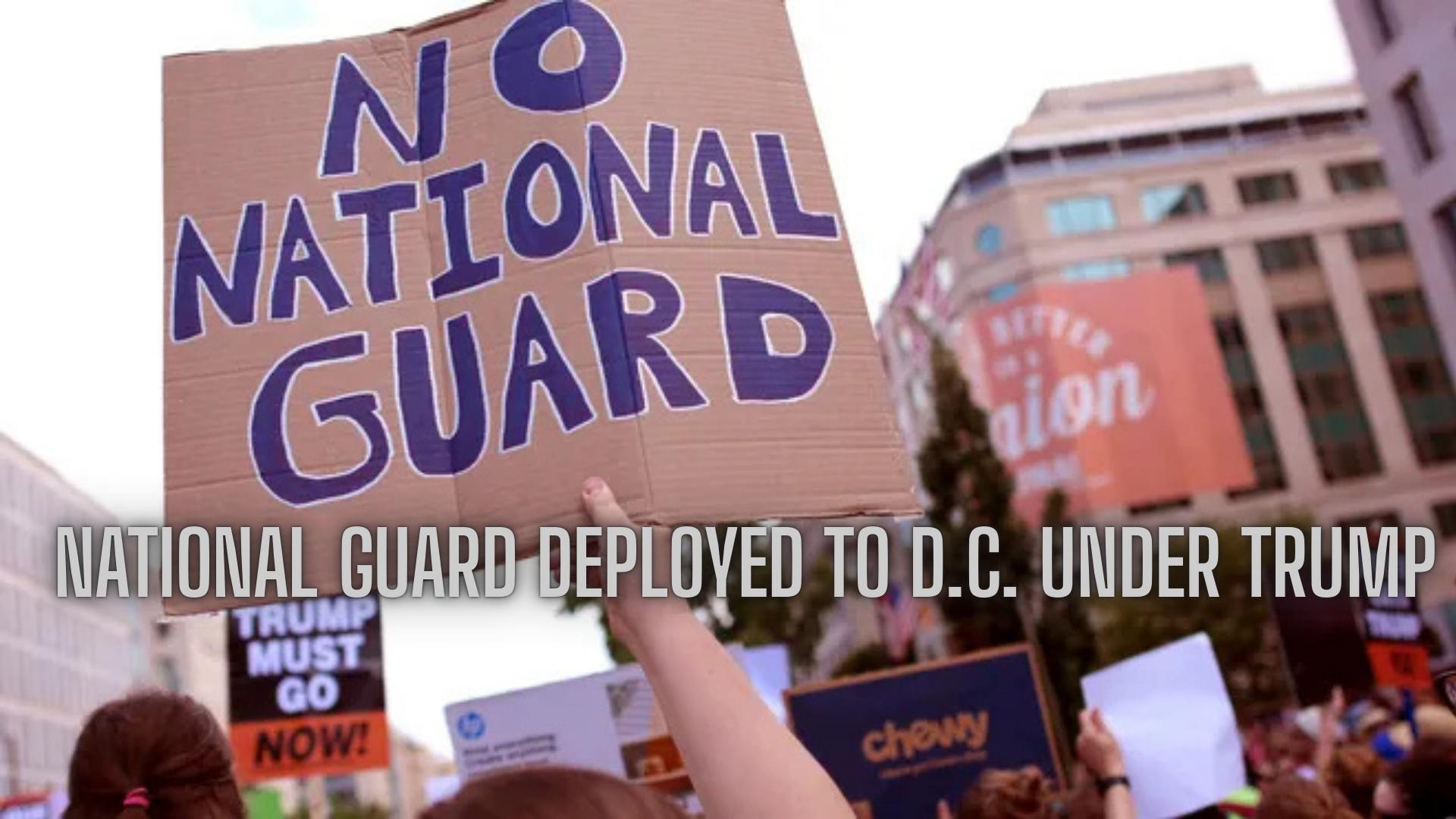Washington, D.C. — Former President Donald Trump on Thursday signed a sweeping executive order aimed at making it easier for states and cities to remove homeless individuals from public spaces and transfer them to treatment facilities. The order marks a major shift in federal policy toward homelessness, emphasizing public safety and civil commitment.
Targeting Legal Barriers and Prioritizing Treatment
According to a White House fact sheet, the executive order directs Attorney General Pam Bondi to challenge judicial precedents and lift consent decrees that limit state and local governments from committing individuals deemed a danger to themselves or others.
It also allocates federal resources to relocate people experiencing homelessness—particularly those struggling with serious mental illness or addiction—into treatment centers, outpatient care, or other institutional settings.
“Shifting homeless individuals into long-term institutional settings for humane treatment through the appropriate use of civil commitment will restore public order,” the order states. “Surrendering our cities and citizens to disorder and fear is neither compassionate to the homeless nor other citizens.”
Linking Federal Aid to Local Crackdowns

The order also directs Bondi to coordinate with the Departments of Health and Human Services, Housing and Urban Development, and Transportation to give priority in federal funding to jurisdictions that enforce bans on drug use in public, street camping, and loitering.
“President Trump is delivering on his commitment to Make America Safe Again and end homelessness across America,” said White House press secretary Karoline Leavitt. “By removing vagrant criminals from our streets and redirecting resources toward substance abuse programs, the Trump administration will ensure that Americans feel safe in their own communities and that individuals suffering from addiction or mental health struggles are able to get the help they need.”
March Actions: Targeting D.C. Encampments and Federal Agencies
The move follows previous executive actions signed in March. One ordered the National Park Service to clear homeless encampments on federal land, including those near the White House and State Department. Trump also called on Washington, D.C., Mayor Muriel Bowser to clean up the city’s homeless sites—warning that the federal government would step in if local officials failed to act.
Another March order aimed to dismantle the U.S. Interagency Council on Homelessness, signaling Trump’s broader intent to reshape federal engagement on the issue.
A Key 2024 Campaign Message
Trump has frequently made homelessness a central theme in his political rhetoric, pledging during his 2024 campaign to remove unhoused individuals from public view.
“When I am back in the White House, we will use every tool, lever, and authority to get the homeless off our streets,” he said in a spring 2023 campaign video.
Criticism from Homelessness Advocates
The executive order has drawn sharp criticism from advocacy groups, who argue that it prioritizes incarceration over support and fails to address root causes like housing affordability.
“Forced treatment is unethical, ineffective, and illegal,” said Jesse Rabinowitz, spokesperson for the National Homelessness Law Center. “People need stable housing and access to healthcare. Rather, Trump’s actions will force more people into homelessness, divert taxpayer money away from people in need, and make it harder for local communities to solve homelessness.”
The organization added that the order does nothing to lower housing costs or raise incomes for people living on the edge of homelessness.



